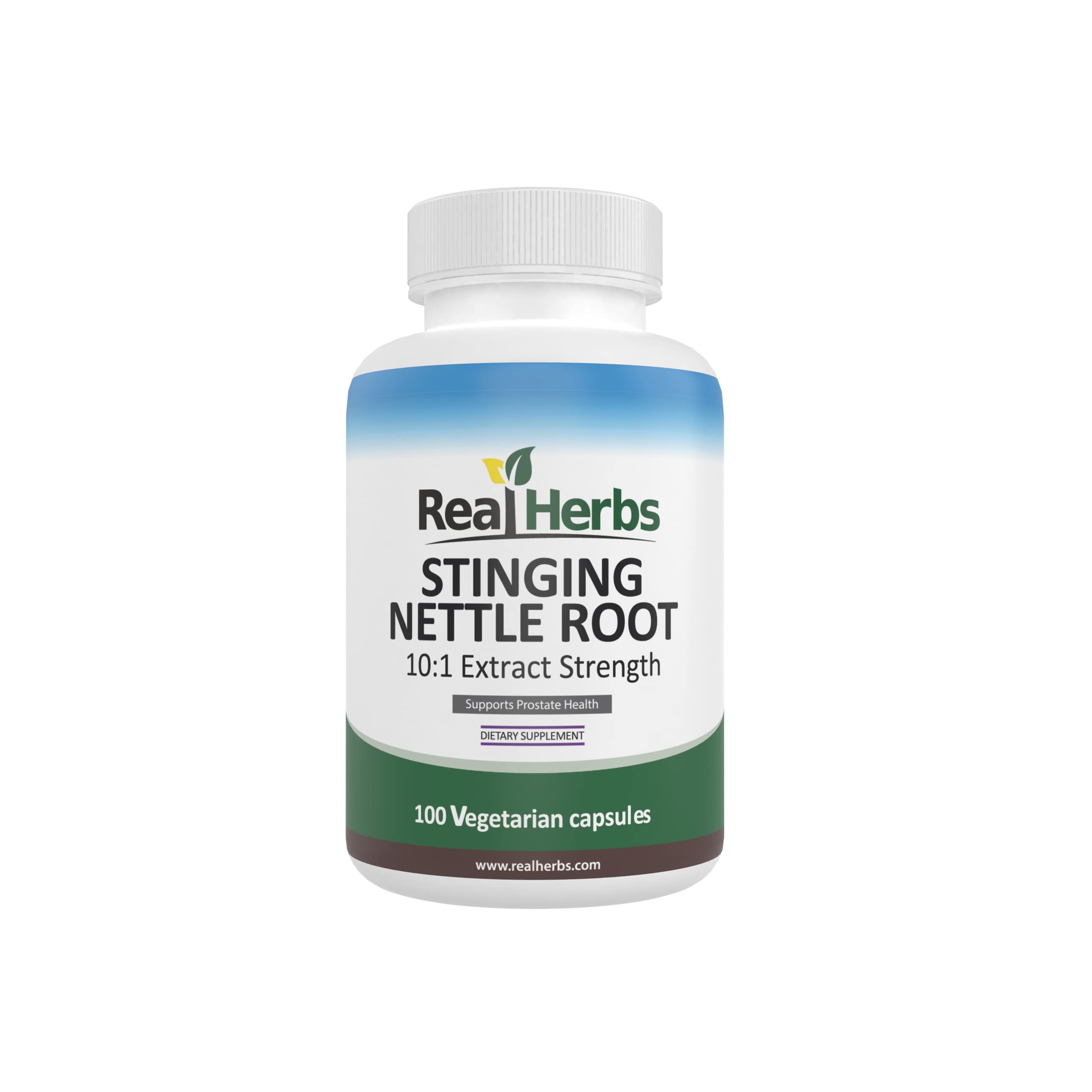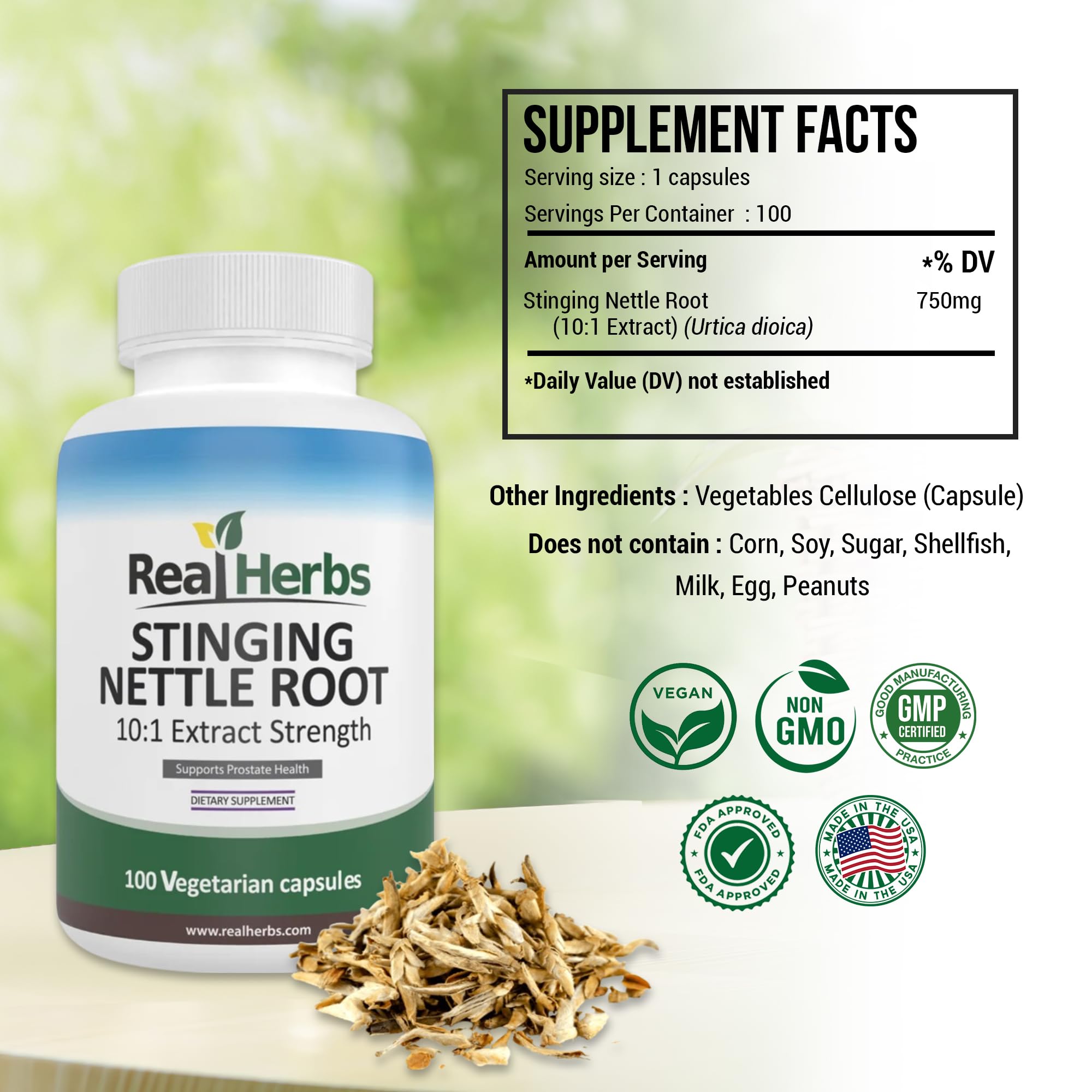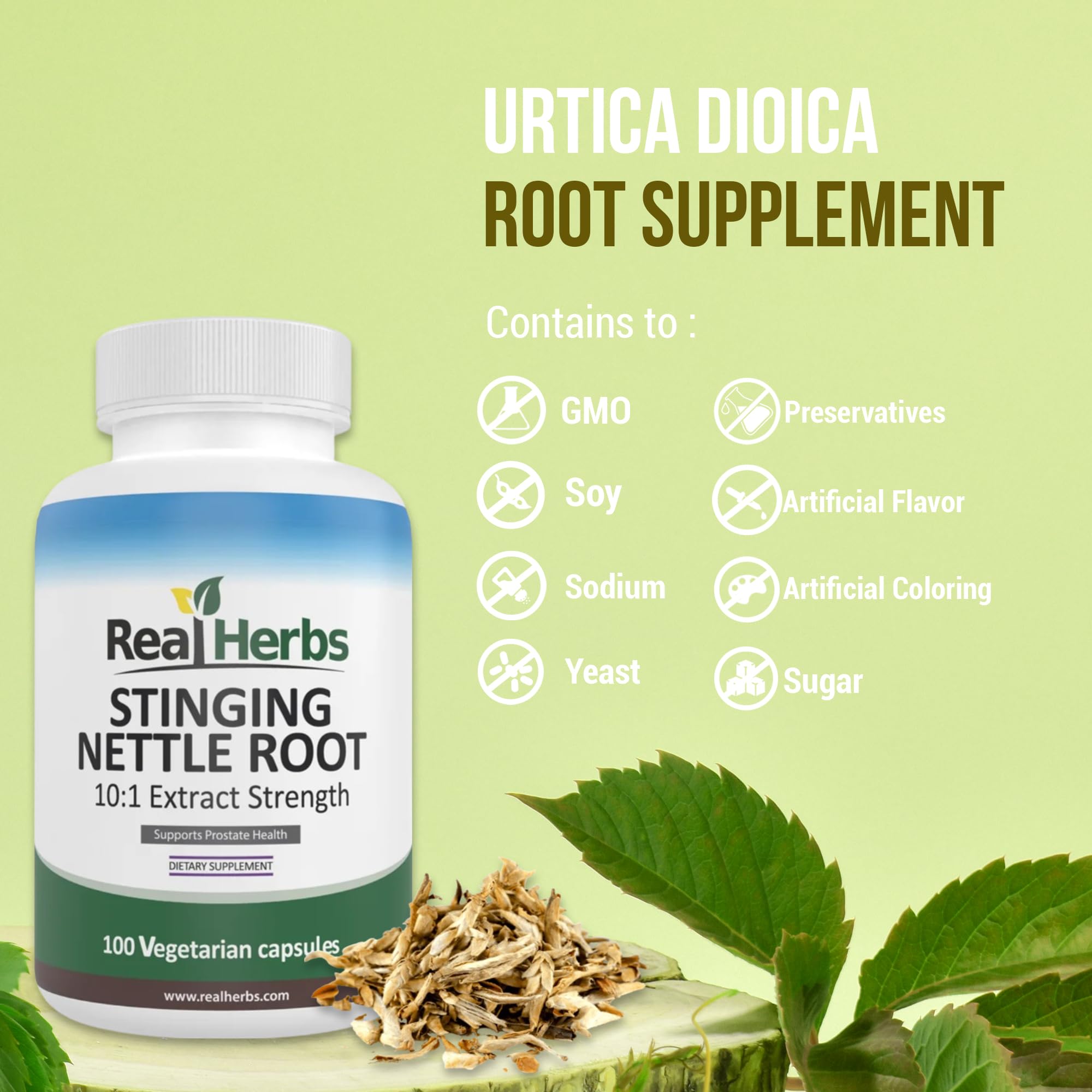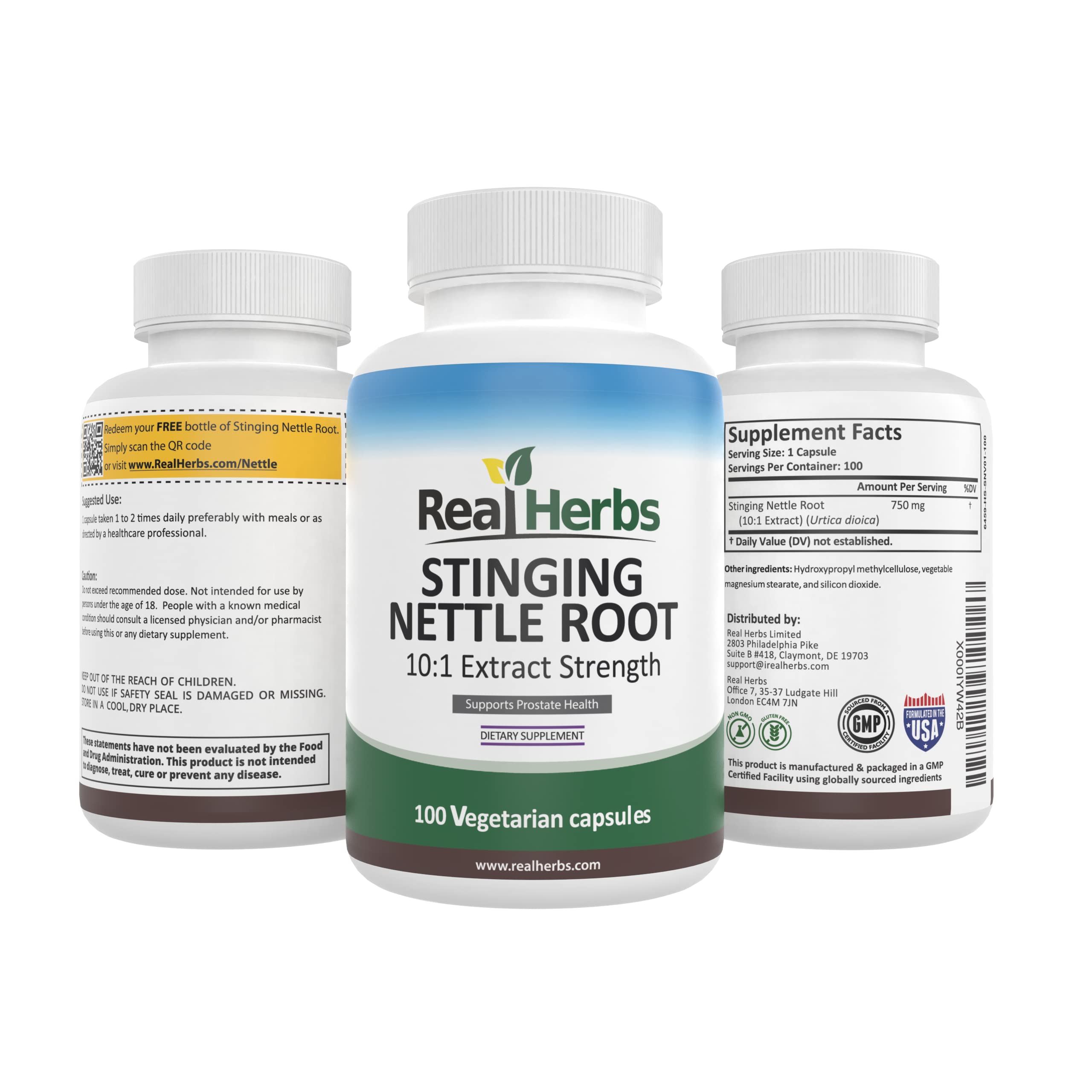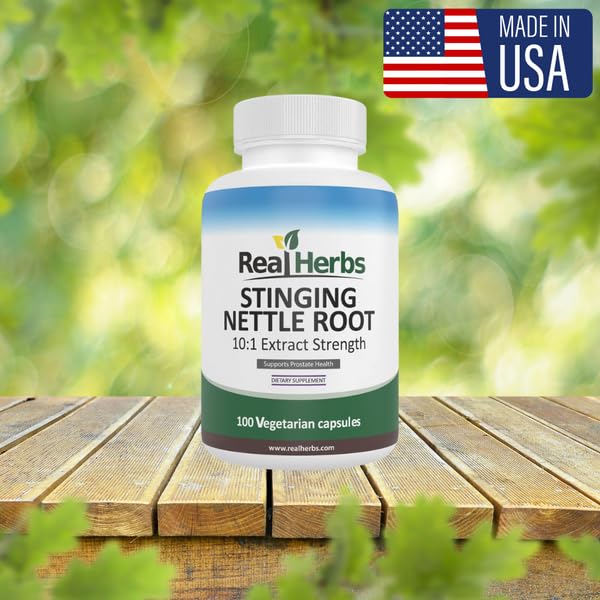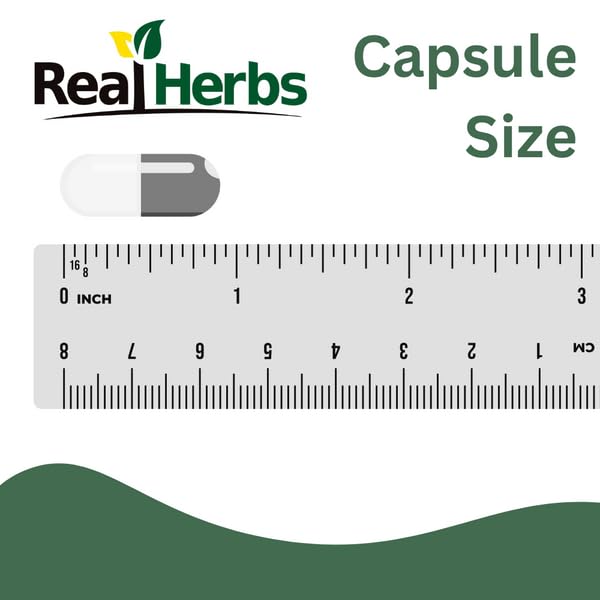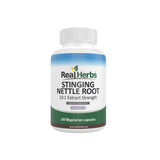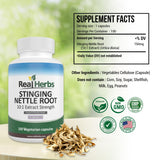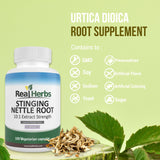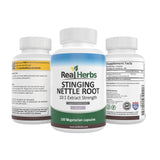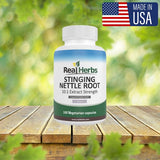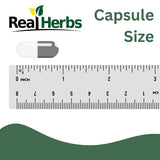Stinging Nettle Root vs. Saw Palmetto: Which is Better for Prostate Health?
Stinging Nettle Root vs. Saw Palmetto:
Which is Better for Prostate Health?
A comparative guide to two leading herbal remedies for Benign Prostatic Hyperplasia (BPH).
Navigating Natural Solutions for Prostate Health
As men age, prostate health often becomes a significant concern, with Benign Prostatic Hyperplasia (BPH), or an enlarged prostate, being a common affliction. BPH can lead to uncomfortable lower urinary tract symptoms (LUTS) such as frequent urination, weak stream, nocturia (waking at night to urinating), and incomplete bladder emptying. In the quest for effective relief, many individuals turn to natural remedies, with **Stinging Nettle Root** (*Urtica dioica*) and **Saw Palmetto** (*Serenoa repens*) emerging as two of the most popular and extensively studied herbal options.
Both herbs have a long history of traditional use and are widely available in supplement form, often even combined in proprietary blends. However, understanding their individual mechanisms of action, distinct benefits, and comparative efficacy is crucial for determining which might be a more suitable choice for specific prostate health needs. This article will delve into a comprehensive comparison of stinging nettle root and saw palmetto, examining their scientific backing, usage, and safety profiles to help you make an informed decision for managing BPH symptoms.
Stinging Nettle Root: Mechanism and Benefits for BPH
Stinging nettle root, derived from the same plant as stinging nettle leaf, has gained prominence in Europe as a supportive therapy for BPH symptoms. Its efficacy is attributed to a complex array of bioactive compounds, including lignans, phytosterols (like beta-sitosterol), polysaccharides, and phenolic compounds.
Key Mechanisms of Action for Prostate Health:
- Anti-inflammatory: Nettle root contains compounds that may reduce inflammation in the prostate, believed to play a role in BPH progression [2].
- Anti-proliferative: Some studies suggest it can inhibit the growth of prostate cells [3].
- Lignan Content: Lignans in nettle root may interfere with sex hormone-binding globulin (SHBG) and dihydrotestosterone (DHT) binding, potentially affecting prostate growth [1].
- Aromatase Inhibition: There's some evidence it may inhibit aromatase, an enzyme that converts testosterone to estrogen, which can also contribute to prostate growth [2].
Evidence:
Several studies, including randomized controlled trials, have shown that stinging nettle root extract can significantly improve lower urinary tract symptoms (LUTS) in men with BPH, such as increased urinary flow and reduced nocturia (nighttime urination) [4]. Some studies suggest it can reduce prostate size and PSA levels [5]. It's also often used in combination with other herbs like Saw Palmetto.
Saw Palmetto: Mechanism and Benefits for BPH
Saw Palmetto (*Serenoa repens*) is a small palm native to the southeastern United States, and its berry extract has been a cornerstone herbal remedy for prostate health for decades. Its primary active constituents are fatty acids and plant sterols.
Key Mechanisms of Action for Prostate Health:
- 5-alpha-reductase Inhibition: This is its most well-known mechanism. It's thought to inhibit the enzyme 5-alpha-reductase, which converts testosterone to dihydrotestosterone (DHT), a potent androgen that promotes prostate growth. This is similar to the action of prescription drugs like finasteride [6].
- Anti-inflammatory: Also possesses anti-inflammatory properties that can help reduce prostate swelling [7].
- Alpha-1 Adrenergic Receptor Blockade: Some evidence suggests it may have effects similar to alpha-blockers, which relax the smooth muscle in the prostate and bladder neck, improving urine flow [7].
Evidence:
Historically, saw palmetto was widely believed to be effective, and many early studies showed promising results for improving LUTS. However, more recent, larger, and well-designed clinical trials (particularly those by the Cochrane Collaboration) have cast doubt on its efficacy, finding that it is often not superior to placebo for improving urinary flow or prostate size [8]. This has led some medical guidelines to advise against its routine use. Despite these mixed findings, it remains a very popular supplement, and some individuals report benefit. The variability in extract quality (standardized vs. full-spectrum, fatty acid content) might contribute to the inconsistent results.
Stinging Nettle Root vs. Saw Palmetto: A Comparative Analysis
While both herbs are popular for prostate health, their primary mechanisms and the strength of their individual scientific backing differ.
The Power of Combination Therapy
Given their complementary mechanisms of action, **Stinging Nettle Root and Saw Palmetto are frequently combined** in herbal formulations for prostate health. The rationale behind this combination therapy is to leverage the synergistic effects of both herbs, potentially leading to more comprehensive and enhanced relief for BPH symptoms.
- Complementary Actions: While Saw Palmetto primarily targets DHT conversion, Nettle Root influences SHBG and directly acts on inflammatory pathways. This dual action may address BPH from multiple angles, leading to better outcomes than either herb alone [2].
- Clinical Evidence for Combinations: Several clinical trials have investigated fixed combinations of Saw Palmetto and Stinging Nettle Root. For instance, studies have shown that such combinations can significantly reduce BPH symptoms (like IPSS scores) and improve urinary flow and quality of life over extended periods, sometimes comparable to pharmaceutical drugs but with better tolerability [4]. A systematic review on phytotherapy for BPH highlights combinations like these as promising [9].
For many men, a combination product may offer a more robust and effective natural solution for their prostate health needs.
Usage Instructions: Dosage, Form, and Frequency
Adhering to recommended dosages is crucial for efficacy and safety, whether taking stinging nettle root or saw palmetto individually or in combination.
For Stinging Nettle Root (Individual Use):
- Dosage: A common dosage is **360 mg of an aqueous root extract per day**, often taken in 3 divided doses, for up to 6 months. Alternatively, methanol root extract up to 1,200 mg daily in divided doses can be used for shorter periods. For standardized extracts, 120 mg twice daily is also suggested [10].
- Form: Typically found in capsules or tablets, often as a concentrated extract.
For Saw Palmetto (Individual Use):
- Dosage: The most commonly studied dosage is **320 mg per day** of a standardized extract (often standardized to 80-95% fatty acids), usually taken once daily or divided into two doses [8].
- Form: Primarily available as softgels or capsules containing lipophilic extracts.
For Combination Products (Nettle Root + Saw Palmetto):
- Dosage: Follow manufacturer's instructions, as concentrations vary. A common studied combination is 160 mg of Saw Palmetto extract with 120 mg of Nettle Root extract, taken twice daily [4].
- Consistency: Benefits for BPH often take time to manifest (weeks to months). Consistent daily intake is essential.
- With Meals: Taking supplements with food can help minimize potential gastrointestinal upset.
Always consult a healthcare professional for personalized dosage recommendations, especially when combining supplements or managing chronic conditions.
Safety, Side Effects, and Drug Interactions
Both stinging nettle root and saw palmetto are generally well-tolerated, but awareness of potential side effects and interactions is crucial.
Stinging Nettle Root:
- Common Side Effects: Generally well-tolerated. Mild gastrointestinal upset is possible [10].
- Drug Interactions: May interact with blood thinners, diuretics, blood pressure medications, and diabetes medications. Use with caution with alpha-blockers or finasteride, as effects might be additive [10].
- Contraindications: Not recommended during pregnancy or breastfeeding due to insufficient safety data and potential uterine effects.
Saw Palmetto:
- Common Side Effects: Generally well-tolerated. Mild gastrointestinal upset is the most common side effect [8].
- Drug Interactions: May interact with blood thinners (like warfarin, aspirin) due to possible antiplatelet activity, increasing bleeding risk. Potential interaction with oral contraceptives and hormone therapies [8].
- Contraindications: Not recommended during pregnancy or breastfeeding. Individuals with liver disease should consult a doctor due to rare reported associations, though direct causation is not established [8].
Always disclose all medications and supplements you are taking to your healthcare provider to prevent potential adverse interactions.
Which is Better? Making an Informed Choice
The question of whether **stinging nettle root or saw palmetto is "better" for prostate health** doesn't have a single, definitive answer that applies to everyone. Both offer distinct benefits and mechanisms, and their individual efficacy can vary.
- For Symptom Improvement: Both have been studied for improving LUTS. Stinging nettle root has consistently shown positive results in reducing symptoms like urinary frequency and urgency, and sometimes prostate size [4][5]. Saw palmetto's efficacy for symptom improvement has been increasingly questioned by high-quality studies, with many concluding it's not significantly better than placebo [8].
- For Prostate Size Reduction: Both have some evidence, but neither is as effective as prescription medications (like 5-alpha-reductase inhibitors) in significantly shrinking the prostate.
- Safety Profile: Both are generally considered safe with few side effects.
- Combination Therapy: Many traditional and modern approaches often combine stinging nettle root with saw palmetto, as their mechanisms of action may be complementary [9].
- Individual Response: Herbal medicine is highly individual. What works best for one man may not be ideal for another. Symptom severity, prostate size, and overall health status all play a role.
Ultimately, the "better" choice is the one that provides the most effective and well-tolerated relief for *your* specific symptoms. This decision should always be made in consultation with a healthcare professional, who can provide an accurate diagnosis, monitor your progress, and integrate natural remedies safely into your overall prostate health management plan.
Conclusion: A Synergistic Path to Prostate Wellness
The comparison between **stinging nettle root and saw palmetto** for prostate health reveals two powerful botanicals, each with unique strengths. Saw palmetto traditionally targets hormonal pathways by inhibiting DHT conversion, while stinging nettle root offers broad anti-inflammatory and anti-proliferative actions. While individual research on saw palmetto has yielded mixed results in larger trials, both herbs consistently demonstrate benefits in alleviating the bothersome urinary symptoms of BPH.
For many, the most effective strategy lies not in choosing one over the other, but in harnessing their synergistic potential through **combination therapy**. This holistic approach can address the multifaceted nature of prostate enlargement more comprehensively. By understanding their distinct mechanisms, recognizing the importance of quality extracts, and most importantly, seeking guidance from a healthcare professional for personalized advice and diagnosis, men can confidently navigate the world of natural prostate support and embark on a path to improved urinary function and overall well-being.
Support Your Prostate Health Naturally!
Discover our premium Nettle Root extract, a key ingredient for male wellness and prostate support. Crafted with purity and potency in mind, our product is designed to support your health journey naturally.
All our products are backed by our 100-Day Money-Back Guarantee!
"My husband's prostate issues have significantly improved with the Nettle Root. It's been a game-changer for his comfort." - David R.
Scientific Credibility & Citations
- Vahlensieck, W., et al. (1993). Phytotherapy of benign prostatic hyperplasia. *Urologe A*, 32(5), 450-455. PMID: 8266624 (Human study on nettle root efficacy for BPH symptoms and hormonal interaction).
- Chrubasik, S., et al. (2007). A comprehensive review on the stinging nettle effect and efficacy profiles. Part II: Urticae radix. *Phytomedicine*, 14(8), 568-579. Link (Review discussing nettle root's pharmacology, including anti-inflammatory and anti-proliferative effects for BPH).
- Lichius, J.J., & Muth, C. (1997). The inhibiting effects of *Urtica dioica* root extracts on human prostate hyperplasia. *Planta Medica*, 63(6), 552-555. PMID: 9434771 (In-vitro and animal study on nettle root's inhibitory effects on prostate cell proliferation).
- Gholamreza, G., Mahsa, S., & Mahdi, S. (2013). The Efficacy of Stinging Nettle (*Urtica Dioica*) in Patients with Benign Prostatic Hyperplasia: A Randomized Double-Blind Study in 100 Patients. *Iran Red Crescent Med J*, 15(1), 7-10. PMID: 23483212 (Human study on nettle efficacy for BPH symptoms).
- Popa, G., et al. (2005). Efficacy and safety of a combined Sabal and Urtica extract in lower urinary tract symptoms - Long-term follow-up of a placebo-controlled, double-blind, multicenter trial. *ResearchGate*. Link (Human study on combined Sabal and Urtica extract, showing efficacy for LUTS).
- Habib, F. K., et al. (2005). The effects of an extract of the *Serenoa repens* berry (Permixon) on the levels of 5-alpha-reductase in human prostatic tissue. *Journal of Steroid Biochemistry and Molecular Biology*, 96(3-4), 263-267. PMID: 15860228 (In-vitro study on Saw Palmetto's effect on 5-alpha-reductase).
- Paudel, K. R., et al. (2024). Exploring the use of phytotherapy in benign prostatic hyperplasia [BPH]: a systematic review. *F1000Research*, 14, 412. Link (Systematic review on phytotherapy for BPH, discusses Saw Palmetto's anti-inflammatory properties and broader BPH management).
- Tacklind, J., et al. (2012). *Serenoa repens* for benign prostatic hyperplasia. *Cochrane Database of Systematic Reviews*, (12), CD001423. PMID: 23235581 (Cochrane Review on Saw Palmetto for BPH, highlighting mixed results).
- Lopatkin, N., et al. (2001). Extracts from fruits of saw palmetto (Sabal serrulata) and roots of stinging nettle (Urtica dioica): viable alternatives in the medical treatment of benign prostatic hyperplasia and associated lower urinary tracts symptoms. *Urology*, 58(2), 241-246. PMID: 11509966 (Study on combination therapy of Saw Palmetto and Nettle Root).
- WebMD. (n.d.). Stinging Nettle: Uses and Risks. Link (Non-PubMed source discussing stinging nettle's general side effects and interactions).

